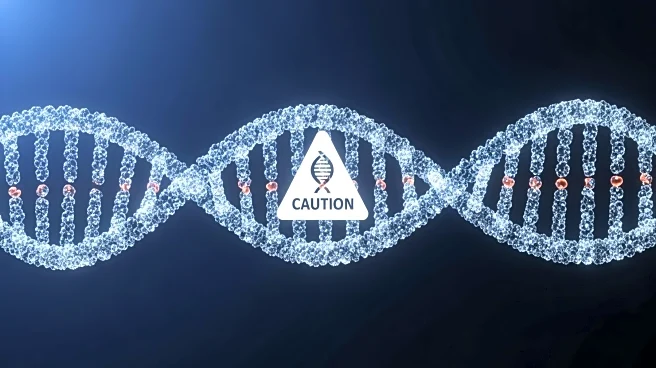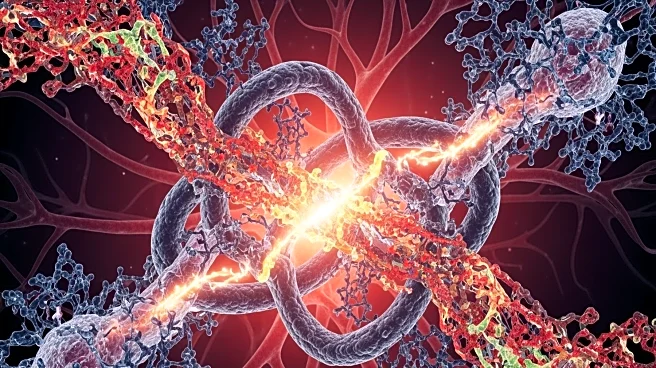What's Happening?
Recent research has identified the OSM-OSMRβ axis as a crucial factor in promoting wound healing in diabetic mice. The study found that OSMRβ signals on resident fibroblasts enhance angiogenesis and granulation
tissue formation, which are essential for effective wound healing. The absence of OSMRβ was shown to delay healing, highlighting its potential as a therapeutic target for improving wound recovery in diabetic patients.
Why It's Important?
The findings offer promising insights into new therapeutic strategies for diabetic wound management, a significant concern in healthcare due to the high prevalence of diabetes and associated complications. By targeting the OSM-OSMRβ axis, treatments could be developed to enhance healing processes, potentially reducing recovery times and improving quality of life for diabetic patients. This research could pave the way for innovative approaches in regenerative medicine and chronic wound care.
What's Next?
Further research and clinical trials are likely needed to explore the application of OSMRβ-targeted therapies in human patients. The development of such treatments could involve collaboration between researchers, pharmaceutical companies, and healthcare providers to ensure efficacy and safety. The potential for these therapies to address other conditions involving impaired healing processes may also be investigated.












